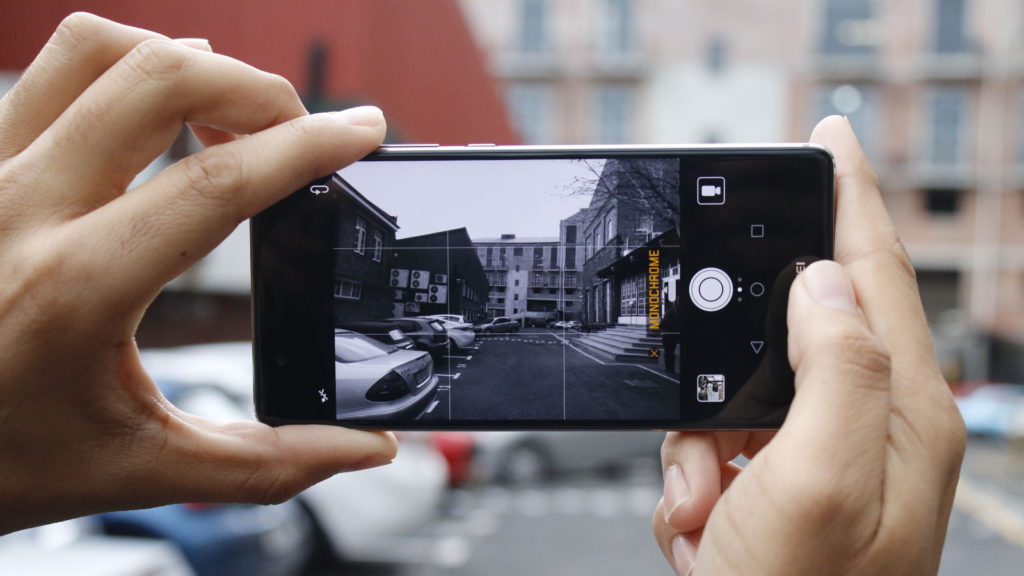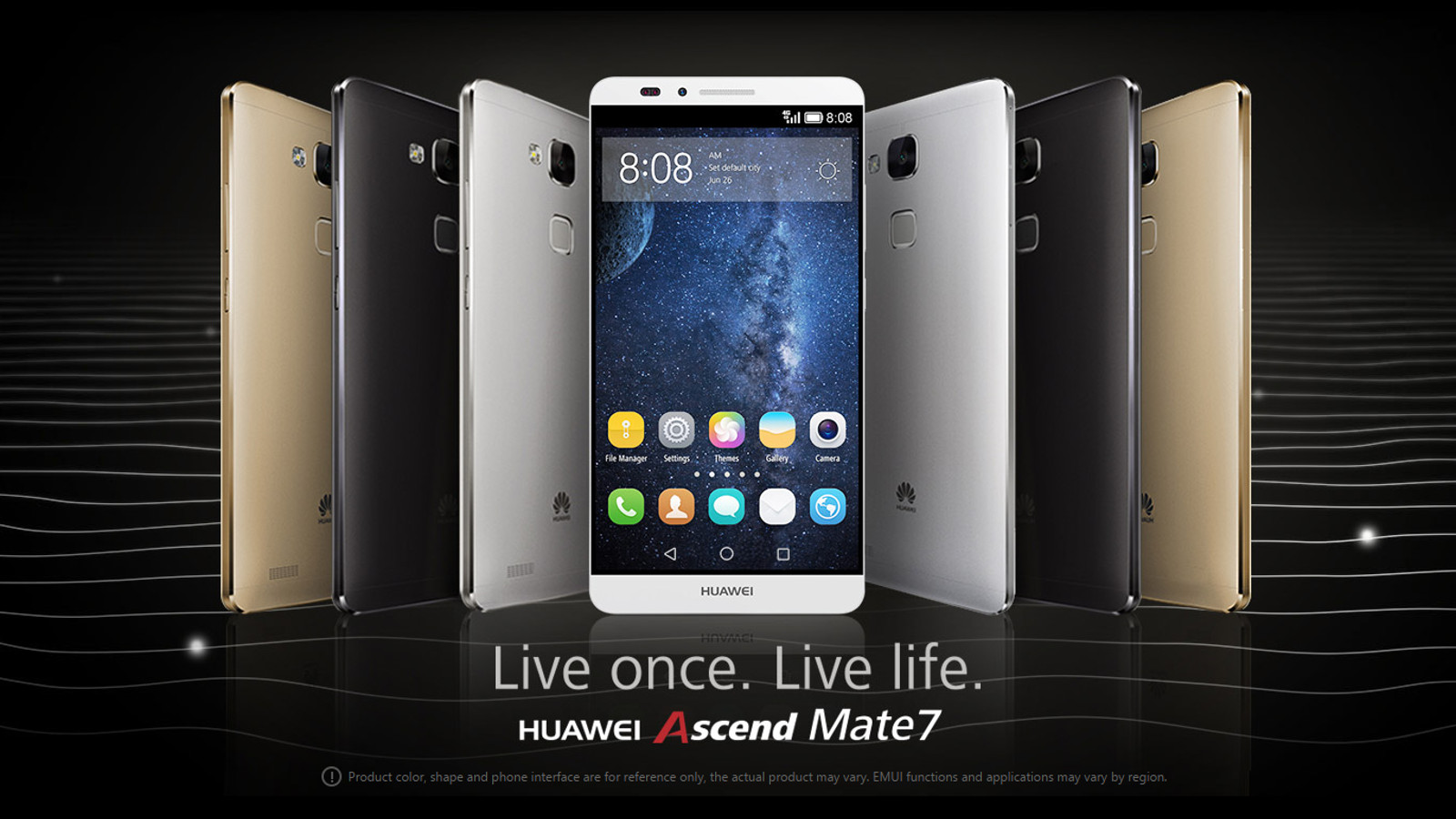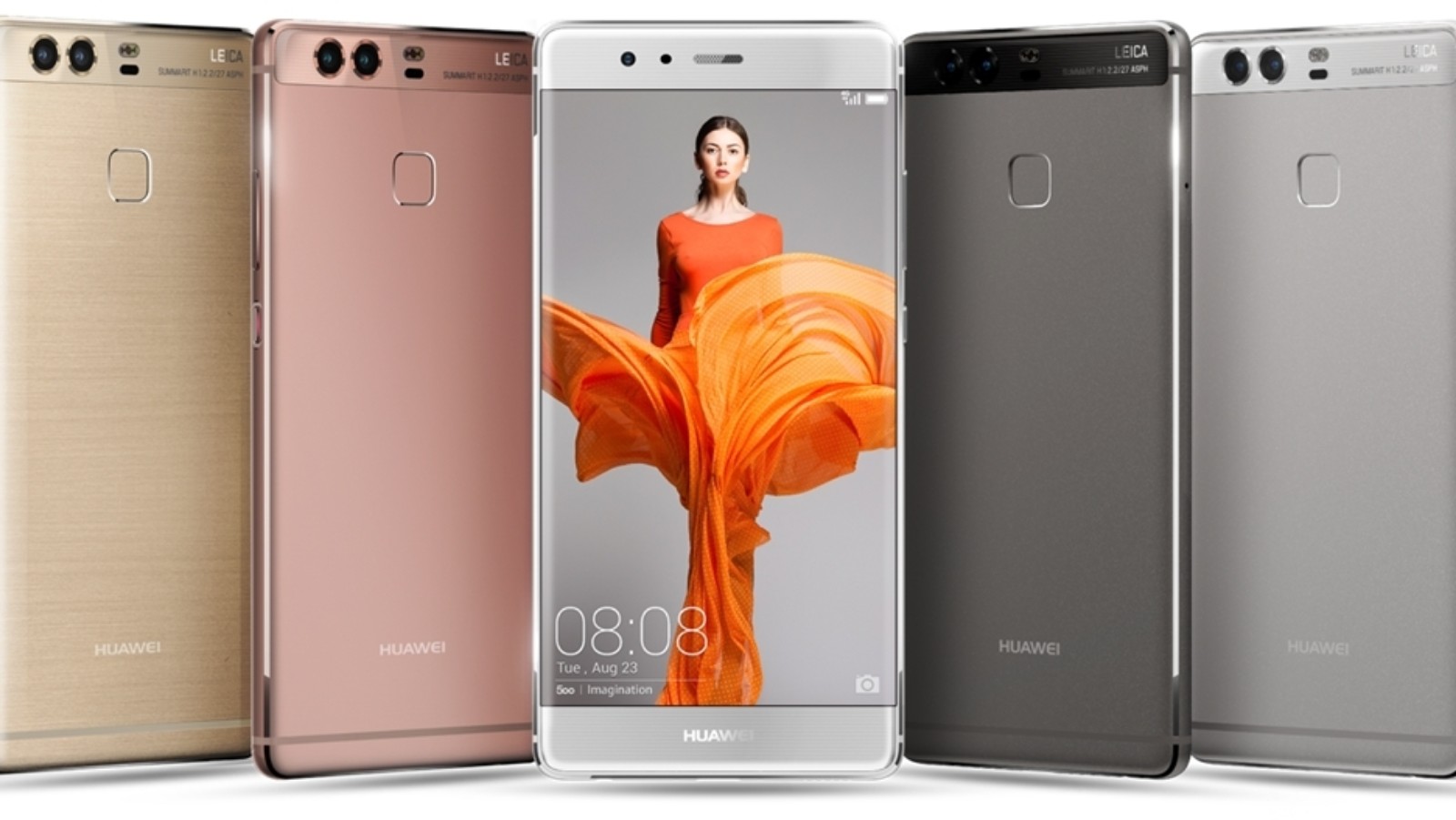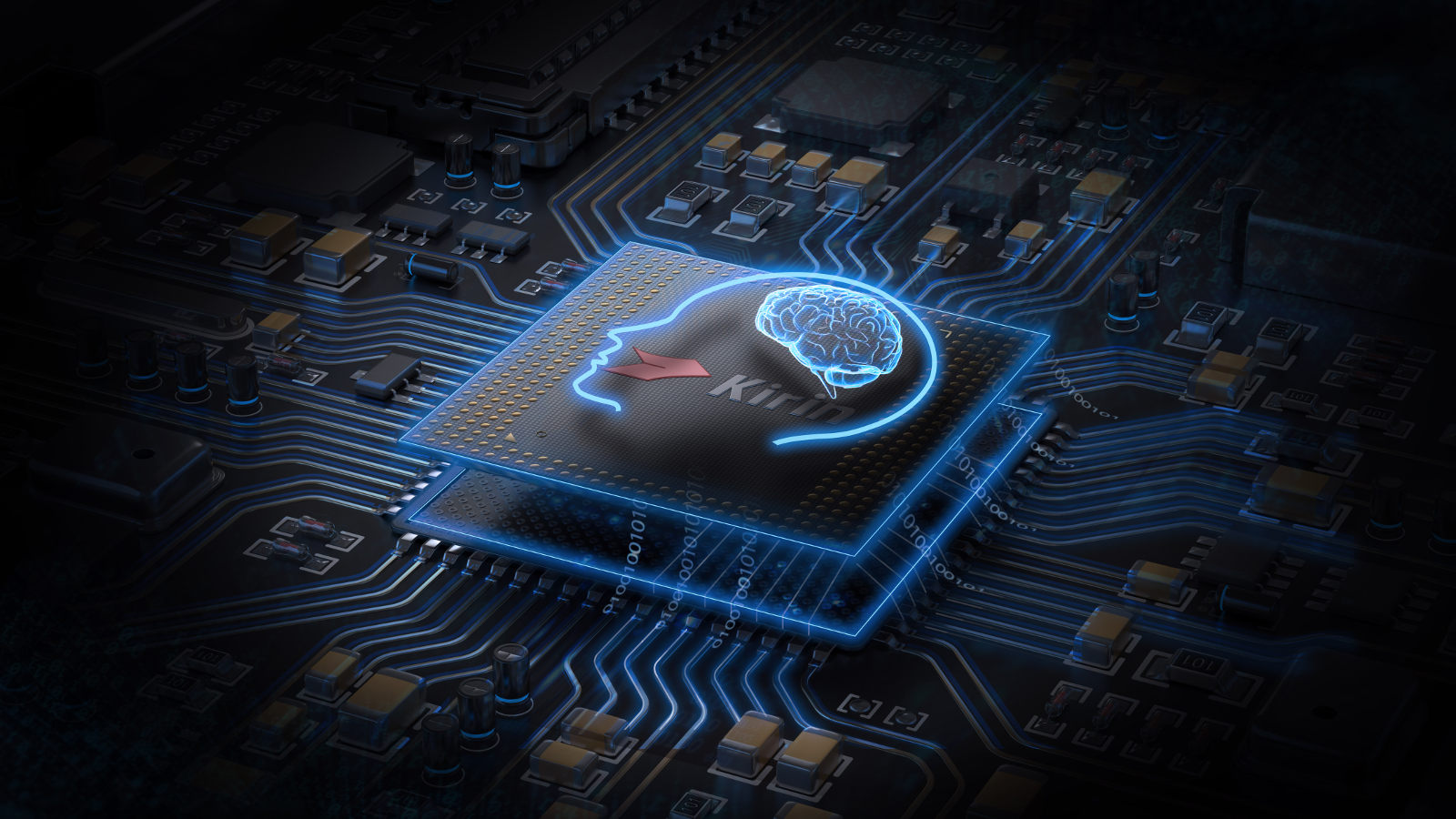I took a left, it took a left, and my right was met by a pause from the big-eyed digital waitress who left a…
Gearburn’s guide to Huawei’s Kirin processors [Updated]

Update, 17 October 2017: We’ve updated our guide to include the Kirin 970 chip (powering the Mate 10) and the mid-range Kirin 659 processor.
Original article: We’ve already taken a look at Qualcomm’s Snapdragon range and MediaTek’s family of chips, showing you exactly what you’re getting for your cash.
Now, our eyes turn towards one of the newer players on the smartphone processor block. Yep, this time, we’re looking at Huawei‘s HiSilicon Kirin chips. What kind of horsepower should you expect? How does a Kirin 960 differ from a Kirin 650? We answer all of this and more.
The flagship processors
Kirin 910/910T – the Kirin name appears
2014’s Kirin 910/910T wasn’t the first in-house mobile processor developed by Huawei/HiSilicon, with the previous year’s K3V2 appearing in the Ascend P6 and original Ascend Mate. It didn’t have the Kirin name though…
The Kirin 910/910T wasn’t a major upgrade at first glance, featuring a slightly faster quad-core A9 arrangement (from 1.6Ghz to 1.8Ghz). But the ARM Cortex A9 cores were outdated in 2013 already, as Samsung’s Galaxy S4 debuted more powerful A15 cores back then. However, the quad-core Mali 450 graphics chip delivered a big boost compared to the previous year’s GPU.
The chip was also developed on a 28nm manufacturing process, which meant it was smaller and easier on the battery. In other words, you got a processor family that, while still lagging behind the competition in a big way, showed a few notable improvements.
In terms of capabilities, the Kirin 910/910T had more in common with budget chips of the time, topping out at 16MPs for the main camera and 1080p/30fps video recording.
Notable phones: Huawei Ascend P7, Huawei MediaPad M1
TL;DR: The Kirin 910/910T were still a long way from the competition and used older A9 cores. Judder will still be inevitable in many tasks, including general activities. Lightweight games will definitely be playable, but the latest titles? Well, they’ll probably run, but playable performance is another matter entirely.
Kirin 92x family – a move away from ancient cores
The next generation of Kirin processors (Kirin 920, 925) saw a big boost in power over prior chips. It has to be said though that the gap between Huawei and the competition, while closing, was still large.
The company switched from the ageing A9 cores to four powerful A15 cores and four power-saving A7 cores. This made for a much beefier chipset, while the Mali T628 graphics chip was a notable improvement too.
As for other capabilities, the processor family topped out at 1080p/60fps for video recording (not that these phones actually supported it), but notably packed Cat 6 LTE capabilities at 300Mbps.
Notable phones: Huawei Ascend Mate 7 and Honor 6 Plus (Kirin 925)
TL;DR: You’ve got a processor family that finally ditches ancient CPU cores, but still lags behind rival silicon. General performance won’t be super smooth, but it will definitely be smooth enough for the average user. Lightweight games will run just fine, but you’ll need to turn a few things down to get playable speeds in the most advanced games (even then, don’t expect a 100% smooth experience).
Kirin 93x – welcome to the 64-bit era
Apple caught the Android world napping when it introduced its 64-bit Apple A7 processor at the end of 2013, with Huawei being no exception. Aside from allowing for more than 4GB of RAM, the move to 64-bits also makes for more complex programs and operating systems down the line.
Fortunately, ARM had two 64-bit CPU cores for manufacturers to quickly integrate into their designs, in the form of the powerful A57 core and the weaker but power-efficient A53. Huawei chose the latter for its first major 64-bit Kirin processor.
HiSilicon opted for an octacore A53 processor, but used two clusters of four A53 cores. The first cluster was the standard power-saving set of A53 cores, but the second cluster saw Huawei’s hardware team work magic and clock the A53 cores to 2Ghz and over. It’s not the most elegant solution and the CPU gap remained, after all, clock speeds aren’t the be-all and end-all of performance. But it was evident that Huawei was getting closer to flagship performance.
The Kirin 930 also saw the introduction of the i3 motion co-processor, used for fitness tracking and other similar tasks. Comparatively weaker cores aside, the only other weakness was the GPU department, which didn’t see a noticeable upgrade over the Kirin 920.
Otherwise, the Kirin 930 supported a main camera of up to 20MPs, while video recording tops out at 1080p/60fps — although the P8 never supported the latter.
Notable phones: Huawei P8, Mate S, Honor 7
TL;DR: Plan to buy a phone with these Kirin processors? Then you can expect great everyday performance, although you will encounter stutter now and again. You should expect smooth gaming performance in lightweight titles and somewhat smooth performance in advanced titles. But all in all, these chips are probably comparable to the Snapdragon 617 or 625, being Qualcomm’s mid-range processors.
Kirin 950/955 – the CPU gap is gone
Huawei’s Kirin 950 and 955 chip marked the first time that HiSilicon and Huawei closed the gap between rival chip-makers in any major way (modem aside). In fact, the Kirin 950 was one of the best performing chips of the year.
The company wasn’t late to the party again, as the Kirin 950/955 was the first chip to use ARM’s brand-new and all-powerful A72 CPU cores. Huawei’s new chip used four of these heavy-lifting cores and four A53 cores for less advanced tasks. The results meant that Huawei’s latest crop of phones were near the top of the pile for much of 2016, going toe to toe with the Snapdragon 820 and Exynos 8890.
However, the biggest weakness was in the graphics department, using a quad-core Mali T880 GPU. Now, the Mali T880 was a good performer in its own right, but Samsung used a 12-core version of this chip that pummeled Huawei’s four-core implementation.
Huawei’s Kirin processors have drastically improved over the years, going from mediocre to cutting-edge in no time
Huawei also moved to a 16nm manufacturing process, yielding a smaller, more power-efficient design as a result. As for other improvements? There’s a dedicated digital signal processor (DSP) for photography/video, as well as an upgraded motion co-processor for step-tracking and other activities.
The other big disappointment was the lack of 4K video recording, especially when rival chips supported it for a couple of years already.
Notable phones: Huawei Mate 8, P9, Honor 8
TL;DR: General performance should be a supremely smooth experience, although our seeded unit has had judder for a few months now (this is more of a software issue, seemingly fixed by the EMUI 5 firmware update). Gaming is a treat as well, whether you’re playing the latest blockbuster or Candy Crush. If anything, VR is probably the Kirin 950’s biggest weakness, owing to the GPU, but this content should still run at a solid pace. Want 4K recording? Well, this chip doesn’t support it.
Kirin 960 – a world-class piece of silicon
The Kirin 960 follows a similar octacore arrangement as the Kirin 950, using two clusters of four cores (one cluster for heavy tasks and another for lightweight activities). The Chinese company has opted to replace the A72 cores with A73 cores instead, but the power difference isn’t noticeable.
Where the chipset does offer a massive improvement is in the GPU department…
The company opted for an octacore version of the latest Mali G71 GPU, although Samsung’s Exynos 8895 (in the Galaxy S8) packs a 20-core solution of the same chip. Nevertheless, this marks the first time that Huawei’s got a flagship-level GPU, as Anandtech’s analysis shows. In fact, the graphics performance pretty much sits above the Galaxy S7, but below the S8.
As for other features, you’re looking at a similar 16nm manufacturing process as the last chip, the addition of 4K video recording, 600Mbps LTE connectivity and an upgraded motion co-processor. In other words, you’ve got a feature-set that can go toe-to-toe with Qualcomm and Samsung’s best in many ways.
Notable phones: Huawei Mate 9, P10
TL;DR: Huawei’s Kirin 960 sat at the top of many benchmarks in late 2016 and early 2017. This translates into an extremely smooth experience across the board, from general performance and camera-related tasks to heavyweight gaming. The graphical grunt will also help immensely if you want slick VR content, but Samsung’s Exynos 8895 chip has better graphical performance, to be fair.
Kirin 970 – an AI-powered upgrade
The last half of 2017 saw Huawei reveal the Kirin 970 chipset at IFA in Germany, being the chip that powers the brand-new Mate 10 and expected to power the P11.
In terms of upgrades, you’re looking at a near-identical CPU setup to the Kirin 960. So that means four high-powered A73 cores and four power-sipping A53 cores. Look at the GPU department and you’ll find a notable upgrade, being the first company to use ARM’s Mali G72 GPU (a 12 core version).
Another noteworthy upgrade is the move to a 10nm manufacturing process. Generally speaking, the move to a smaller process results in improved battery life and better sustained performance.
By far the biggest upgrade is the addition of a Neural Processing Unit (NPU) for AI tasks. Huawei claims the NPU will do a better job of managing system performance, enables more offline AI tasks, improves camera performance (by way of fast object/scene recognition) and apparently speeds up language translation.
The company is also opening the NPU up to third parties, so expect a few more apps to harness the silicon.
Notable phones: Huawei Mate 10
TL;DR: The Kirin 970 looks set to offer three major upgrades, in the form of better graphics, better battery life (via the new manufacturing process) and a dedicated AI chip. It might be too early to call the latter a success just yet, but we look forward to seeing what developers do with the tech.
The budget-minded chips
Kirin 620
The Kirin 6xx range of processors is Huawei’s budget-minded family, and this has been the case since roughly 2015 or so.
The Kirin 620 was used in the likes of the P8 Lite and Honor 4X, for one. The chip is your typical budget processor, featuring an octacore A53 design (clocked at a lowly 1.2Ghz) and an ageing Mali-450 MP4 chip. Nevertheless, it’ll get the job done in most situations.
In the camera and multimedia department, the Kirin 620 tops out at 13MP for the main camera and offers 1080p/30fps video recording. So it brings to mind the Snapdragon 616 and 415 chips, also being octacore A53 processors with low clock speeds.
Notable phones: Huawei P8 Lite, Honor 4X
TL;DR: The Kirin 620 will carry out general tasks smoothly for the most part, but expect slowdown now and again. Lightweight gaming should be a relatively smooth experience and, while the likes of Pokemon Go should work fine, do expect judder and long loading times. Want to emulate PSP games and the like? Then expect plenty of fiddling to get a playable experience.
Kirin 65x
Despite spanning over a year between the Kirin 650 and Kirin 659 (with the 655 and 658 in between), there’s virtually nothing to really tell these chips apart from each other.
They all feature octacore A53 tech, being divided into two clusters of four cores, much like the Kirin 930. So that means we’ve got one cluster that can hit over 2Ghz and a second cluster that hits a more power-efficient 1.7Ghz. In other words, they aren’t as powerful as the P9, but they’ll duke it out with the P8, for sure.
These chips also pack updated dual-core Mali T830 graphics, being a notable upgrade over the Kirin 620’s Mali-450 MP4.
In other words, if you bought the Kirin 650-toting P9 Lite and plan on getting the P10 Lite purely for the newer chip, don’t do it. The P10 Lite’s Kirin 658 has the same octacore CPU arrangement and the same GPU, making for practically no horsepower improvement. A transition from P8 Lite to P9 Lite/P10 Lite would yield a more notable difference though.
As for capabilities, the Kirin 65x chips support 16MP main cameras and 1080p/30fps video recording. Don’t expect 4K recording.
Notable phones: P9 Lite (Kirin 650), P10 Lite (Kirin 658), Nova 2i (Kirin 659)
TL;DR: The latest generation of mid-range Kirin chips are about as powerful as the Huawei P8. Mobile games should work well across the board then, but you might need to turn down visual settings on more advanced fare for a 100% smooth experience. General tasks should also see brisk performance, but don’t be surprised if there’s occasional slowdown. As for 4K recording? Forget about it.





